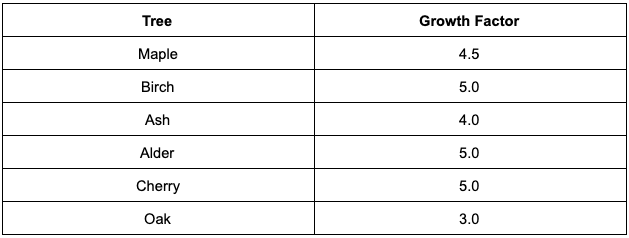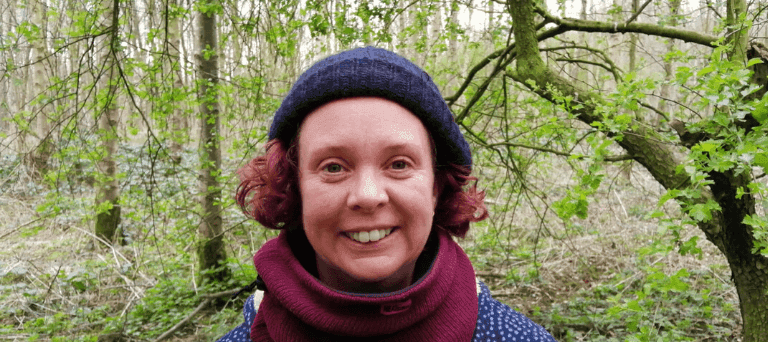Playing and learning outdoors: Finding the age of a tree
Janet Green
5
min read
This the third and final part of a series of posts that Janet Green, Forest School Practitioner, has delivered on the benefits of Outdoor Learning. The previous two posts covered: building dens safely and making stick pets with household items. Here, using the example of calculating the age of trees Janet shows how we can assess children’s learning. We asked Janet:
How can we make sure we are assessing for learning, whilst outdoors?
“Structure and planning are key for teachers to assess children’s learning but outdoor learning can pose different challenges to classroom learning and can be outside of a teacher’s comfort zone. However, the benefits of outdoor learning are becoming clearer with Ofsted stating, “When planned and implemented well, learning outside the classroom contributed significantly to raising standards and improving pupils’ personal, social and emotional development”.
Outdoor learning can be good for emotional and mental well being and gives the opportunity for experiential learning which helps children who may currently feel constrained indoors.
Finding the age of a tree
During this activity, we will be calculating how old trees are.
You will need:
The maths formula
A tape measure
A notebook and pen
A calculator
Twig and leaf ID sheets to enable you to identify the tree (free to download here)
First choose your tree. Use the ID sheets if you are not sure which species it is, as you might need to know this before you start measuring. Have a look at the tree before you calculate its age and ask yourself some of these questions:
Does the bark have distinguishing marks on it?
Does it have any damage?
Does it look healthy?
Asking these questions will help you include nature based learning alongside the numerical core of the lesson.
Now, with your child, have a go at guessing the age of the tree. This is a fun activity to include as I imagine everyone's guess will be quite off the first time around but will narrow down the more times you do it.
The simplest way to to measure the age of a tree is to use this formula, but it is more of an approximate measure:
Calculate the approximate age of a tree by dividing the circumference (cms) by 1.5 if the tree is in woodland or 2.5 if the tree is in parkland.
You can find the circumference by wrapping your tape measure around the tree trunk and getting your child to record what circumference it is.
If you want a more accurate measurement you will need to use the leaf and twig ID sheets to determine the type of tree you are measuring. This is a perfect opportunity to evidence learning with your child as you can build up the list of trees they can identify using these sheets.
Once you know which tree you are measuring then follow this formula:
_Circumference (inches) divided by 𝜋 (3.14) = diameter_*
Diameter X tree growth factor = tree age
Here is a list of tree growth factors so you can get started straight away:

Using this fun, engaging activity you can evidence children’s learning in multiple ways. From creating quizzes on tree species to asking children to describe or show you the process to measure the age of a tree. There are many opportunities to create fun outdoor lesson plans."
A huge thank you to Janet from all of us at Zen Educate for sharing this series with us. If you have photos of your outdoor activities we’d love to see them so do share them on Twitter @ZenEducate or you can email them to us at: support@zeneducate.com
Please ensure all outdoor activities are conducted in accordance with current government guidelines on social distancing.
*the growth factors were generated originally by dividing the diameters of many individual trees by their actual age (by counting the rings in the trunks after felling). These original measurements and factors were measured in inches. So for accuracy the diameter needs to now be converted from cms to inches to ensure your answers are correct
Search blog posts …
Search







